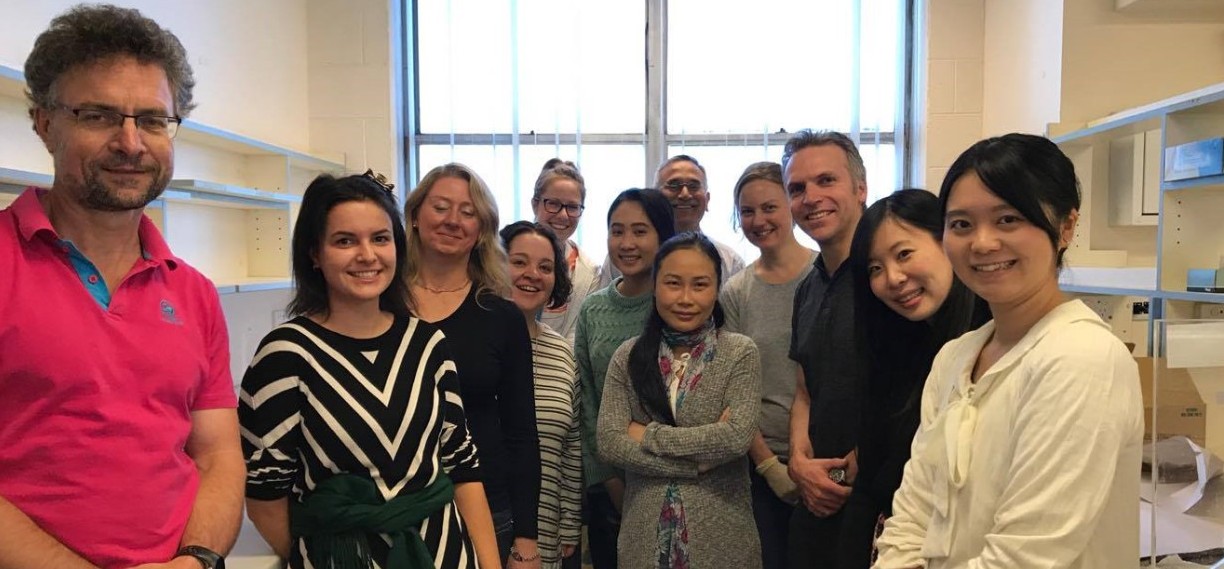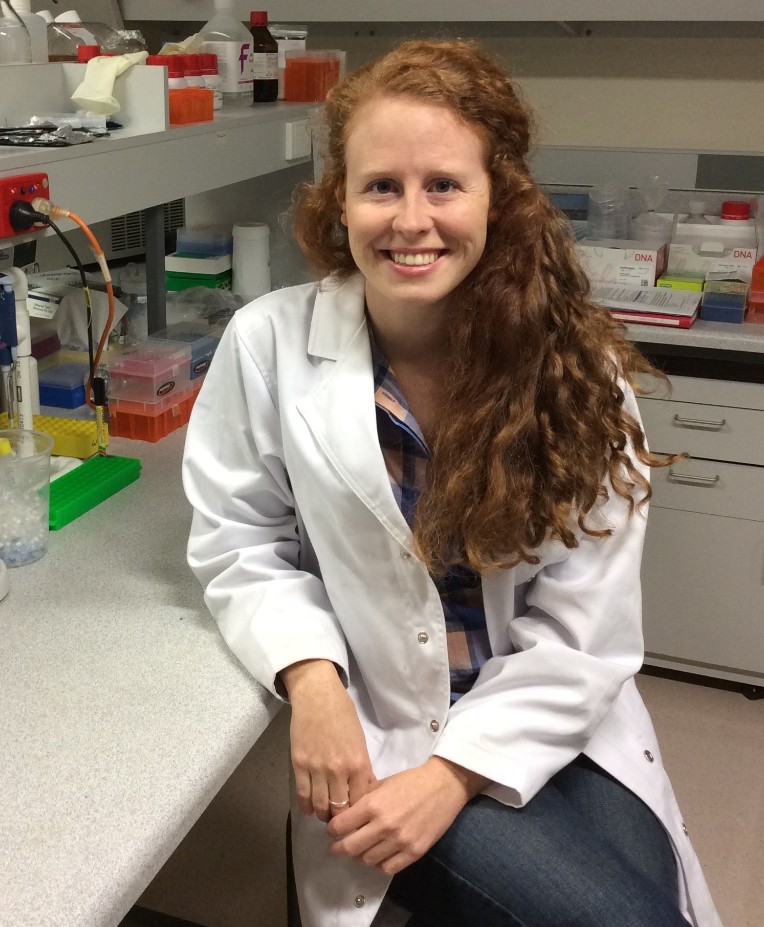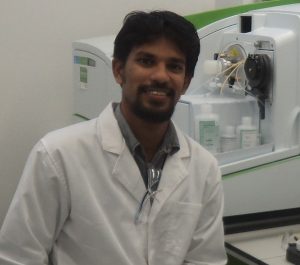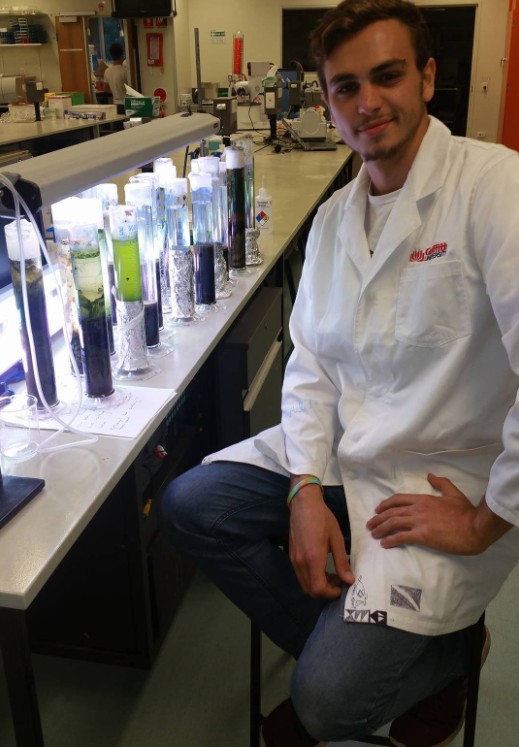Fast, Accurate and Reproducible Shear and Axial Measurements.
Switching from a viscometer to a rheometer provides access to an extended range of test capabilities that can be used to accelerate and refine product formulations. Traditional barriers to fully exploiting the potential of rheology include not knowing which test to apply and how to interpret the resulting data. The Kinexus rheometer directly address these issues and makes detailed, informative rheological studies more accessible.
Contact us for a free trial using the Malvern Kinexus Rheometer today!
What is Thixotropy & why is it important?
This webinar will provide an overview of thixotropy including its history, description and importance across various industries and applications.
Choose the right measurement system.
Discover the various geometries available for rotational rheometers and their advantages and disadvantages for different sample types and applications.
ATA SCIENTIFIC ENCOURAGEMENT AWARD – WINNERS POSTED
Congratulations to all our winners. The ATA Scientific Encouragement Award aims to provide young scientists with financial assistance to further their education and attend scientific meetings and conferences. Like us on Facebook to be informed of the next award.
Click here to read more about our winners




 02 9541 3500
02 9541 3500














